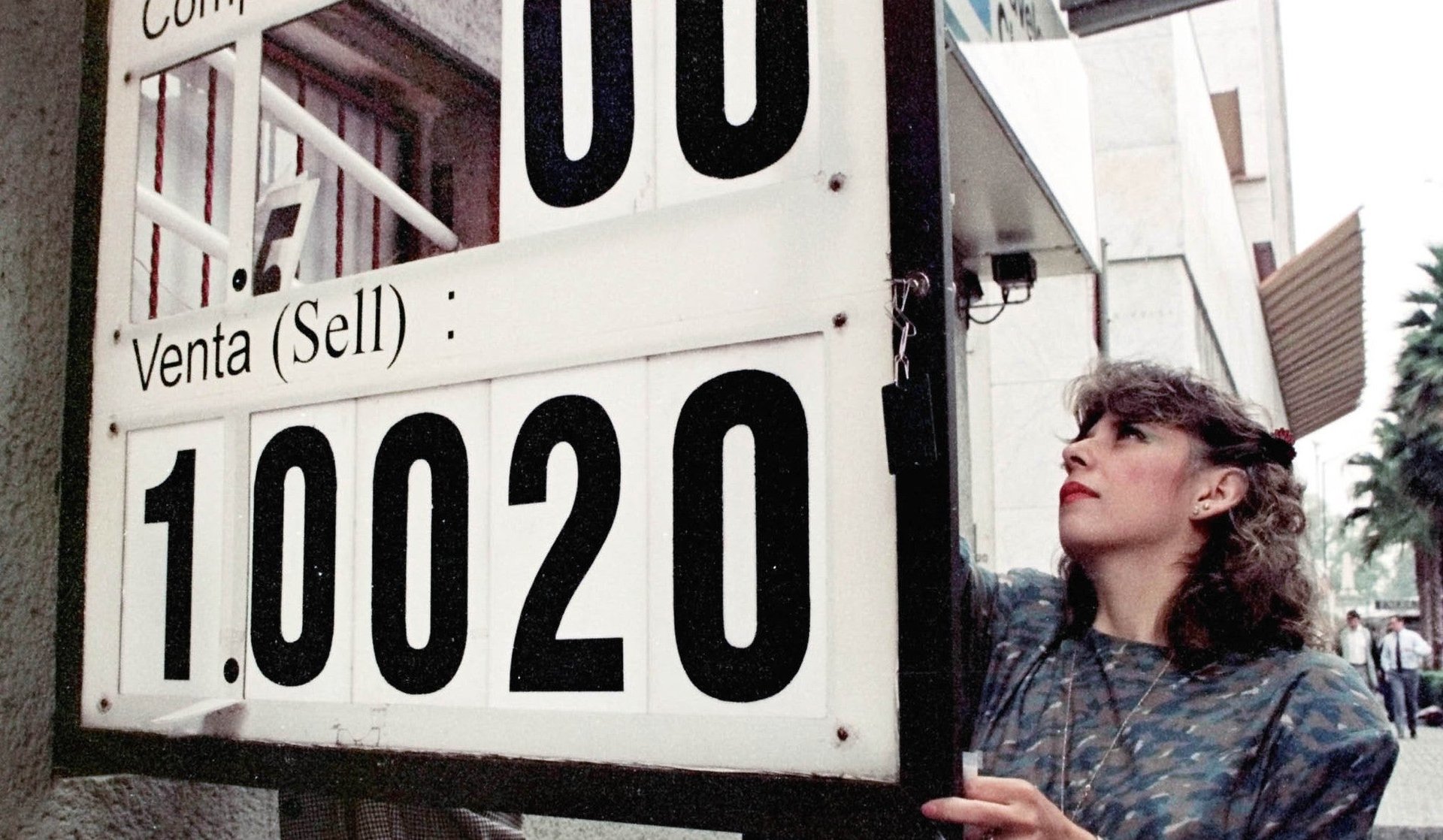Mexican laborers in the US are cleverly playing the world’s financial markets
Mexicans worried about the sharply weakening peso are getting some good news from the north—in the form of billions of dollars in remittances.


Mexicans worried about the sharply weakening peso are getting some good news from the north—in the form of billions of dollars in remittances.
With the peso so low—as of writing, the dollar is trading at around 17 pesos—Mexican immigrants in the US are shipping bigger chunks of their salaries back home to stretch the purchasing power of their hard-earned dollars.
The peso has lost around 20% of its value versus the dollar over the past 12 months, dragged down by lower oil prices and a rush to invest in the US amid global uncertainty and prospects of a Fed rate hike.
On Tuesday afternoon (Sept. 22), Mexico’s central bank auctioned off $200 million after the peso dipped more than 1% from its Monday levels, a mechanism the agency set up to deter the peso’s depreciation. That was in addition to $200 million the bank had sold earlier in the day as part of a more regular auction program to stabilize the currency. All the same, the peso closed lower.
As Mexico’s currency slides, remittances have been rising. The $200 that would have translated into less than 2,700 pesos last September now buys about 3,400 pesos.
“Historically, when you have depreciation, remittances pick up,” said Jesus Cañas, an economist with the Federal Reserve Bank of Dallas, to Quartz. “You take that opportunity to send a little more than your monthly average.”
The money coming from abroad can make a big difference in Mexico—last year, remittances reached some $23.7 billion, surpassing the $22.6 billion in foreign direct investment the country received during the same period.
And for now, the weakening of the peso has not fueled any major price hikes for goods, meaning that remittance recipients will be able to make the most of their extra cash. In August, inflation fell to 2.6%, a historic low.